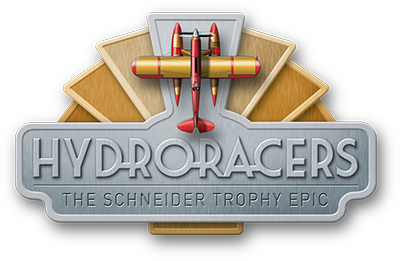
An ambitious project by an international team.
Board game, scale models, deluxe book, and exhibitions,
all dedicated to an almost forgotten legend of aviation:
The Schneider Trophy Epic.
Edited by
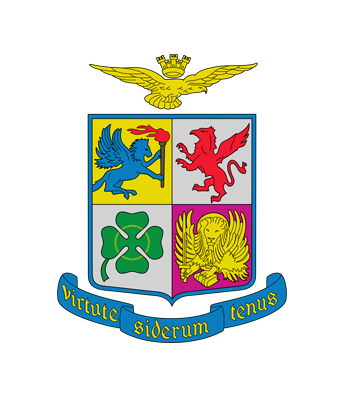
Hydroracers is a broad project, which ranges from books to scale models, from board games to multimedia exhibitions.
A tribute to the Schneider Trophy, a way to bring back to life an almost forgotten history of heroism, technique, progress, victories and sacrifices, through the language of images, infographics, games.
Editors of Hydroracers project: The prestigious Aeronautica Militare (Italian Airforce), for the book and for the first time for a board game, in view of its centenary in 2023. Co-published by Hun in the Sun and Platypus Game in collaboration with specialized companies and an international team.
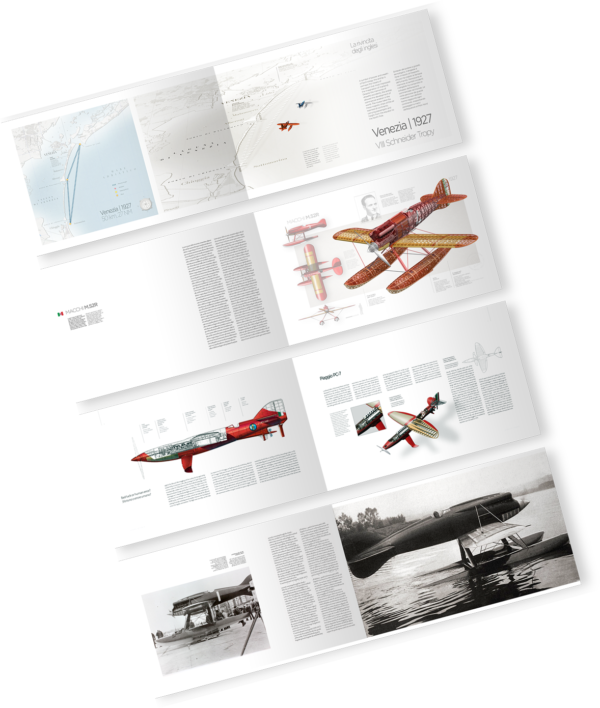
THE BOOK
Thanks to the experience and success of the Airships: Designed for Greatness,' book, plus 25 years of illustration and research on aviation and seaplanes, Hun in the Sun offers a beautiful and large fine art printed book, focused on "visuals," with accurate illustrations and an elegant layout that brings 'facts' and 'history' to life.
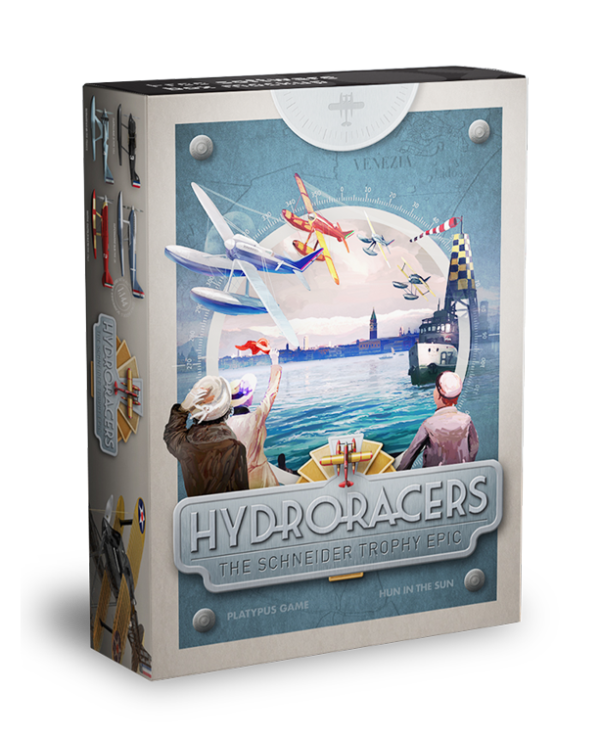
the board game
Players will be immersed in the forgotten legends of this awe-inspiring competition. The HydroRacers board game includes 1/144 scale miniatures and cards for the pilots who flew them, plus gameboards based on original maps. Go simple and start racing quickly, then customize your planes and try different levels of complexity!
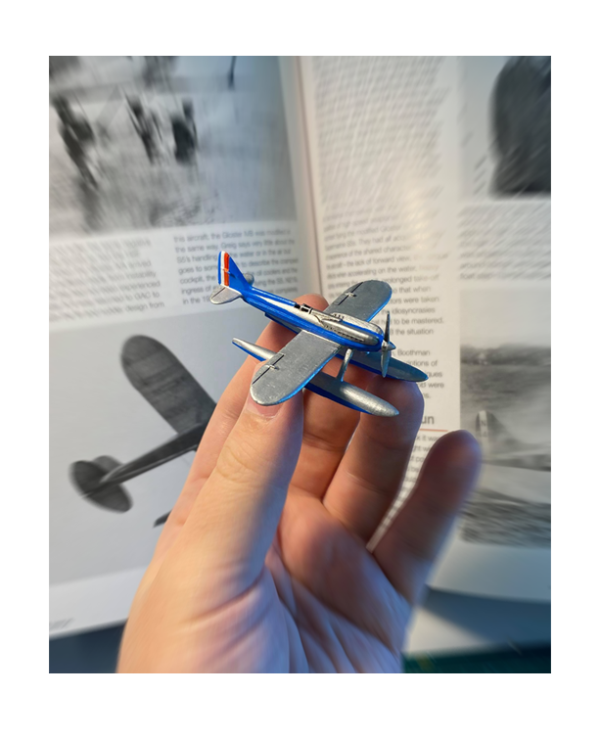
The models
The project blends Hideaki Ozawa's 20 years of research and 3-D modelling experiences, plus industrial design experience of MBVision to produce beautiful 1/144 scale models of the most famous Hydroracers of the era, including the Supermarine S.6B (the 'mother" of the Spitfire!) Macchi M33, Bernard H.V.40, and the Curtis R3C-2.
Schneider Trophy: a race far back in time, where the fastest planes and the most daring pilots competed in the 1920s and 1930s in front of hundreds of thousands of spectators for the prestige of their nation.
HISTORY

It is only over the years that this event will grow in notoriety and become a famous speed competition. Some editions attracted more than 200,000 spectators.
During the last edition in 1931, it is in front of 500 000 spectators that the Supermarine S.6B beat the world speed record three times (610 then 656 km/h).
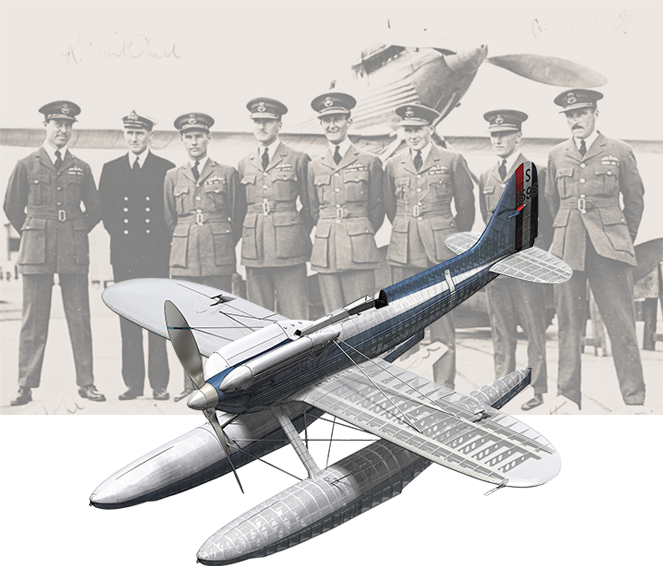
THE PREPARATION PHASE
In 1928, the rules changed and it was decided that the race would only take place every two years. This extra time was to allow the competing countries and their national manufacturers to develop and test a new aircraft before each edition. Unfortunately, during the last edition in 1931, neither France nor Italy had the time to complete the development of the aircraft that was supposed to carry their colors. The United States having withdrawn with the crisis of 1929, the United Kingdom was in fact the only country to compete. It then won the Cup.
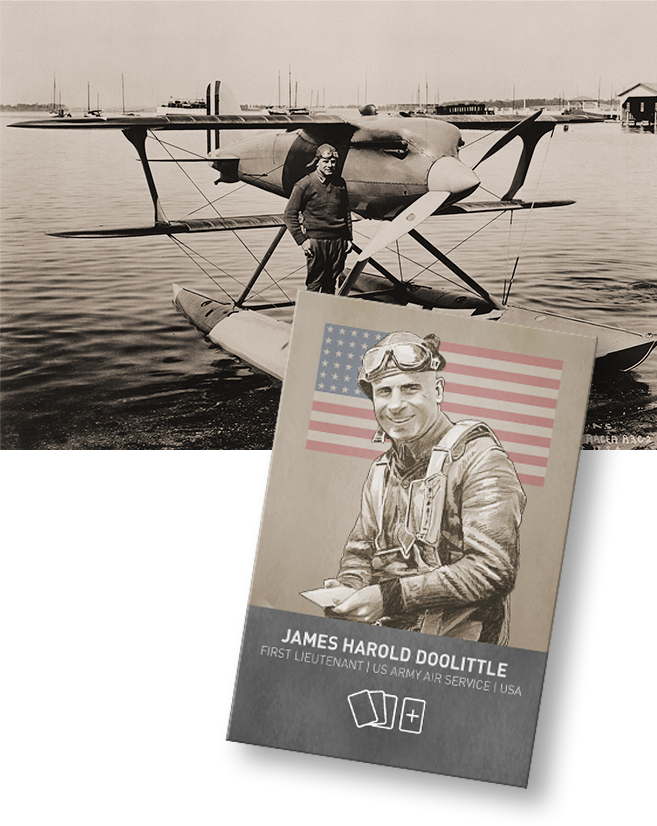
In the picture: The most famous pilot to win the race, James H. Doolittle, winner in 1925. He would make a name for himself during World War II, organizing the famous Doolittle Raid on Japan from B-25 Mitchell bombers taking off from an aircraft carrier.
THE RACE PATH
A competition created to bring the attention of industries, nations and the public to seaplanes, as the Schneider Trophy, conceived by its creator Jacques Schneider, had as its natural stage port basins or beautiful tourist resorts.
The first two races, in 1913 and 1914, were hosted by the Principality of Monaco, between France and Italy, held in a triangular circuit of 10 km (5.4 nautical miles, repeated 28 times). The outbreak of the Great War determined a long and painful pause of 5 years, during which the airplane and the seaplanes themselves, under the pressure of war necessities, exponentially increased their performance.
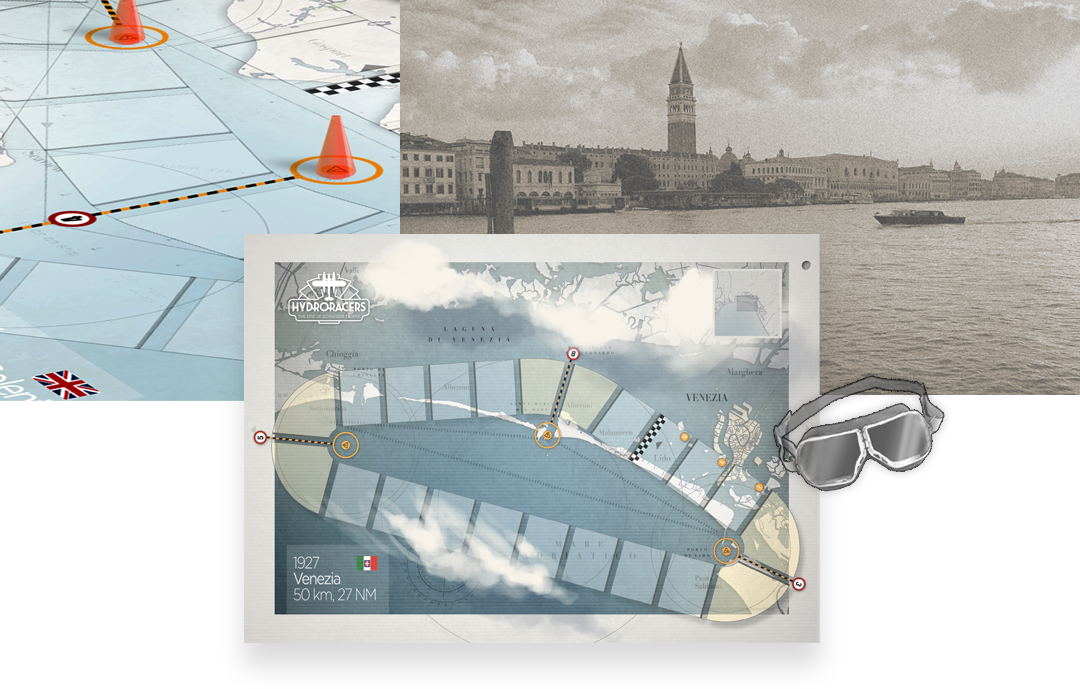
The Gulf of Naples hosted the competition in 1922. The 100 year old race took place between the Cape of Posillipo and Torre del Greco with the Neapolitan city and Vesuvius in the background: the first Supermarine of the Schneider saga snatched the title from the beautiful Savoia S 51. The 1923 edition was held at the estuary of the Solent River, Hampshire, England: a circuit of 20 Nm (37 km) in that stretch of sea called Southampton Water, between the Isle of Wight and the surroundings of the industrial and port centers of Southampton and Portsmouth, where the editions of the Schneider Trophy of 1929 and the last of 1931 were also held. Shaped by the tides, rich in inlets, it was the ideal place for the transit of large ships and yachts.
And then the Chesapeake Bay, in the USA, where the 1925 and 1926 races were held: the estuary of the Susquehanna River, an huge basin overlooked by the cities of Baltimore and Norfolk. But the most suggestive scenery, which immortalized the epic race in the collective memory, was the one that hosted the editions of 1920, 1921 and 1927: Venice and its Lagoon. The circuit, in its three Venetian editions, changed shape: from an equilateral triangle to a very flattened isosceles, one side of which was formed by the islands of Lido, Pellestrina and Chioggia. The 1927 edition (of 50 km, 30 Nm) attracted two hundred thousand spectators.
The contribution
A competition created to bring the attention of industries, nations and the public to seaplanes, as the Schneider Trophy, conceived by its creator Jacques Schneider, had as its natural stage port basins or beautiful tourist resorts.
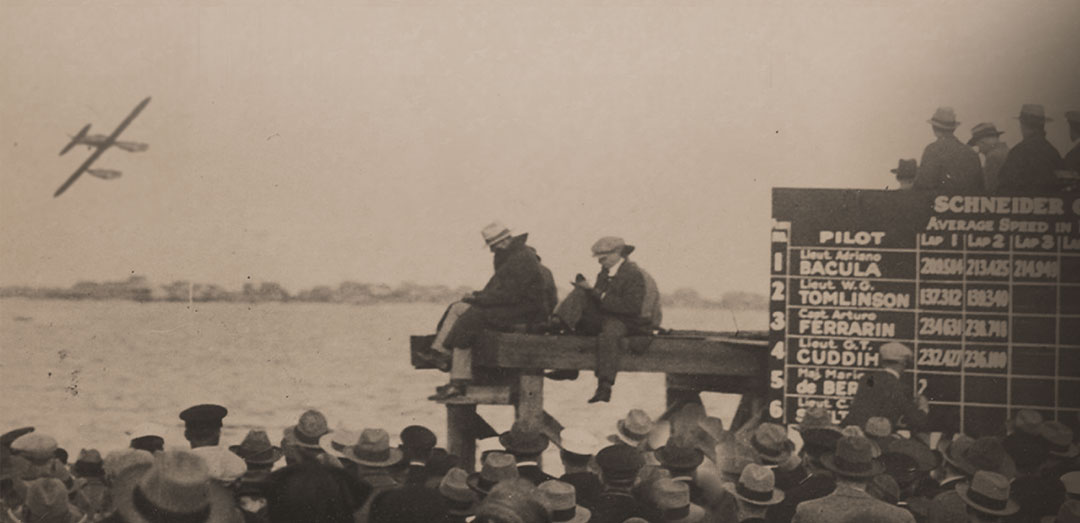
The first two races, in 1913 and 1914, were hosted by the Principality of Monaco, between France and Italy, held in a triangular circuit of 10 km (5.4 nautical miles, repeated 28 times). The outbreak of the Great War determined a long and painful pause of 5 years, during which the airplane and the seaplanes themselves, under the pressure of war necessities, exponentially increased their performance.
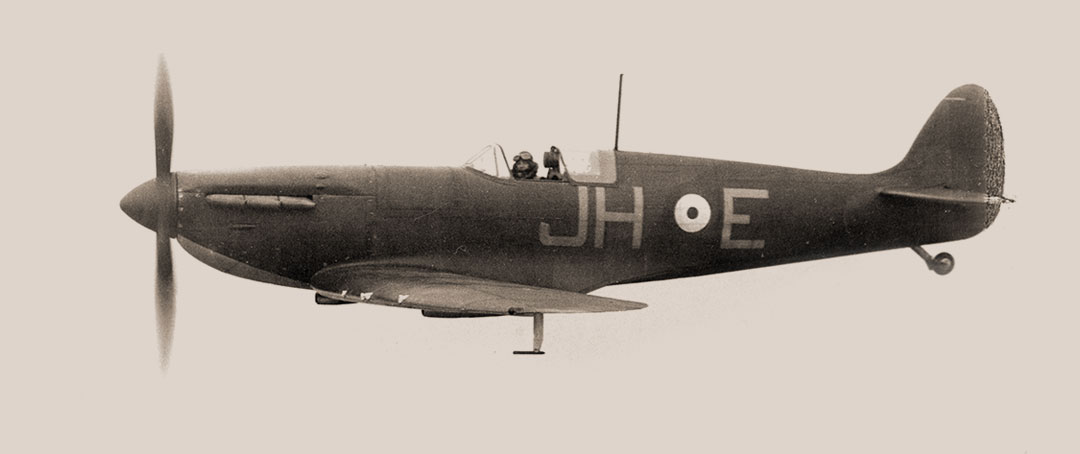
THE BOOK
Thanks to the experience and success of his book AIRSHIPS and 25 years of illustrations and research about seaplanes, a big size high quality book that favors the visual aspect, the accuracy of the ilustration and an extremely elegant editorial layout
THE BOARD GAME
Thanks to the experience and success of his book, ‘Airships: Designed for Greatness,’ plus 25 years of illustration and research on aviation and seaplanes, we offer a beautiful and large book that focuses on “visuals,” with accurate illustrations and an elegant layout that brings ‘facts’ and ‘history’ to life.
the 1:144 models
Based on Hideaki Ozawa‘s research and three-dimensional modeling and MBVision‘s industrial design experience, 8 scale models of the most famous seaplanes have been designed and will be produced in 1:144 scale. Designed for the board game but also as collector’s items.
the exhibition
Alongside the book and the game, based on the materials produced and on multimedia contributions, we will design a traveling exhibition made of digital images on screens, architectural video projections, large format digital prints, holographic films, virtual reality, simulators, objects and documents of the period.